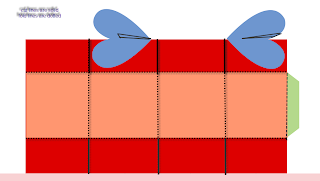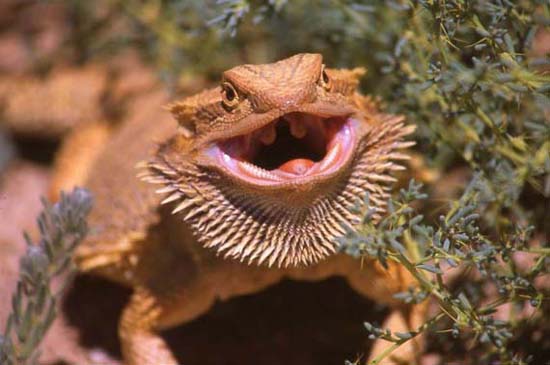Bearded Dragon Heart: Caring for your Furry Reptilian Friend
Bearded Dragon Heart: Caring for your Furry Reptilian Friend
If you’re considering a pet lizard and would love a furry friend, the bearded dragon is an excellent option. Not only are they adorable and easy to handle, but they’re also quite docile and not prone to showing aggression. Native to Australia, these lizards are currently one of the most popular pets globally. In this blog, we will discuss how to nurture the heart of your bearded dragon and provide an enriching and healthy environment for them to thrive.
Setting Up their Home
Before bringing your bearded dragon home, it’s imperative to have an appropriate space set up for them. Apart from the basic needs of warmth, UV lights, and a clean enclosure, the enclosure’s size should provide adequate room for movement and stimulation. A 50-gallon aquarium is usually the recommended minimum for adult dragons. You can also incorporate a variety of decor in their vivarium, such as rocks, plants, and basking logs. The key is to make their enclosure as natural as possible to recreate their natural habitat.

Feeding their Heart
Bearded dragons are omnivorous, which means they should consume a mix of animal protein and vegetation. Dubia roaches, crickets, and mealworms are ideal protein sources, while vegetables like kale, carrots, and collard greens provide much-needed vitamins and minerals. It is crucial to provide a well-balanced diet for your pet, including calcium supplements to avoid metabolic bone disease. Remember to clean their food and water dishes daily to avoid any bacterial infections.

Temperature and Hydration
Bearded dragons are cold-blooded, which means they require external sources to regulate their body temperature. They need a basking spot with temperatures between 90-110°F, while the rest of the enclosure should remain between 75-85°F. On the other hand, proper hydration involves providing a dish of clean water, misting them with water or soaking them in water to drink and aid in shedding. Remember to regulate their water source so that it’s not too deep for young dragons and change it daily to avoid bacterial contamination.

Handling with Care
Bearded dragons, like most reptiles, enjoy a sense of security and stability. They prefer well-rehearsed routines, and sudden changes in their environment may cause them stress. It is best to handle them gently, preferably when they’re resting or calm to avoid provoking them. Begin with short handling sessions and gradually increase. Treats can help reinforce positive associational behavior and boost their trust in you. Always wash your hands before and after handling them, and discourage children from grabbing or squeezing them.

Health Checks
Regularly examining your bearded dragon is vital in ensuring their well-being. Watch out for signs of illness such as a lack of appetite, lethargy, or respiratory problems. It is imperative to provide them with adequate lighting and temperatures to prevent colds and other diseases. Shedding is another aspect of their health checks, and it usually occurs every few months. If you notice any issues, such as partial shedding or impaction, do not hesitate to contact your veterinarian.

Conclusion
The bearded dragon is an attractive, friendly, and affordable pet lizard that is ideal for both beginner and experienced pet owners. By setting up a proper environment, providing a well-balanced diet, regulating temperature and hydration, handling with care, and performing regular health checks, you can develop a strong bond with your furry reptilian friend. Watching them grow and thrive is an experience that can bring joy and happiness to you and your loved ones.
